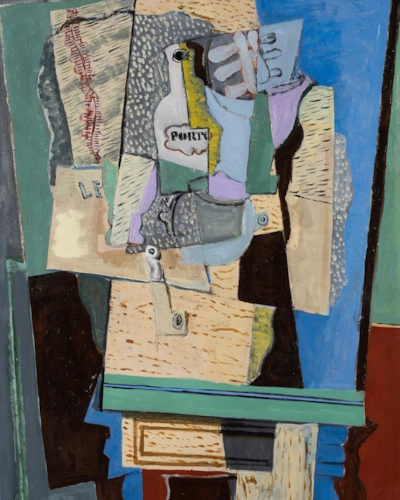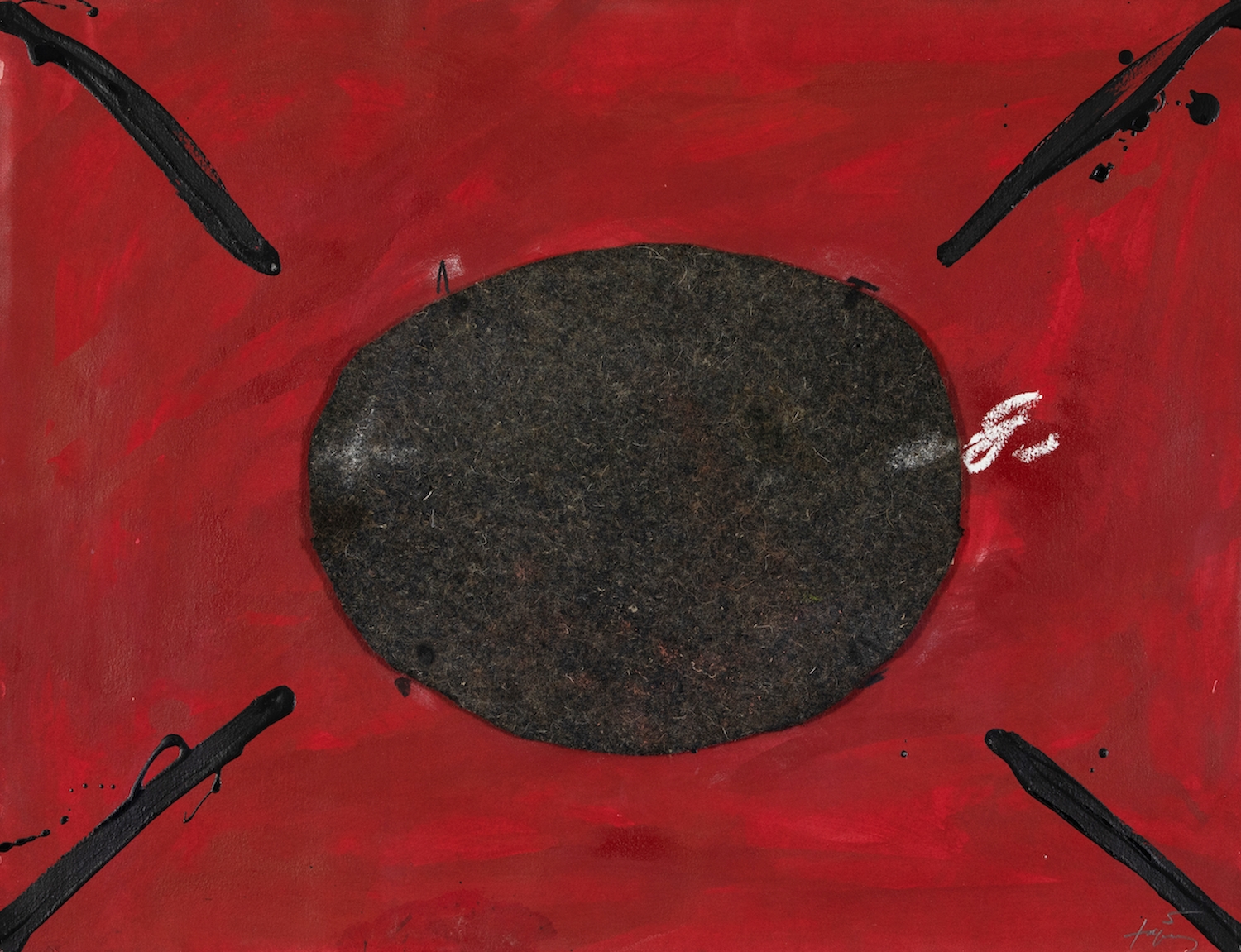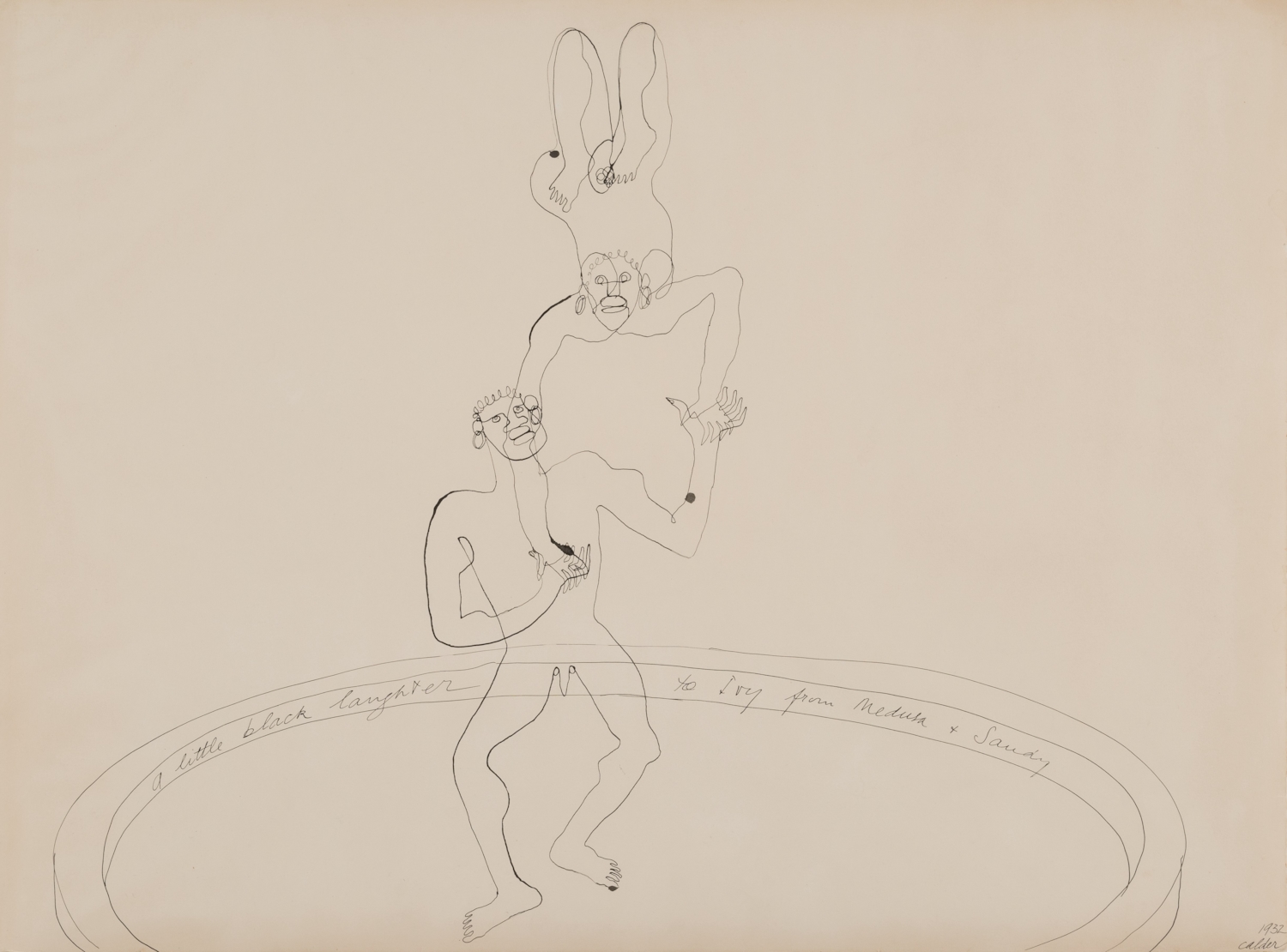Toshimitsu Imai
1928 - 2002
Vagues “Wave”
127 x 95 cm (50 x 37 ⅜ inches)
Signed in Japanese and English lower right, inscribed and dated 1992 on the reverse

Dr Giorgio Tosetti, Italy, acquired from the above
Toshimitsu Imai
biography
Imai relocated to Paris in 1953, the same and subsequent year he exhibited at the Salon de L’Art Sacré. Meanwhile, he attended the Académie de la Grande Chaumière and the Sorbonne to read medieval history and philosophy. In 1955, Imai completely abandoned representational art in favour of abstraction. After meeting the art critic Michel Tapié via the artist Sam Francis, Imai was the first Japanese artist to join the Art Informel movement.
In 1956 Imai was called upon by the Japanese artist Taro Okamoto to curate an exhibition entitled The World: Today’s Art in Tokyo. Artists such as Jean Dubuffet, Jean Fautrier, Lucio Fontana, and Karel Appel gained important exposure in Japan. It was also in 1957 when Imai arranged for Tapié and the artists Georges Mathieu and Sam Francis to travel to Japan, that a connection between Art Informel and Gutai occurred. The Ashiya-based Gutai Art Association formed in 1954 was proclaimed a kindred spirit by Tapié which he subsequently promoted internationally. Founding members included Yoshihara Jiro, Kanayma Akira, Murakami Saburo, Shiraga Kazuo and Shozo Shimamoto. The art historian Yve-Alain Bois commented ‘the activities of the Gutai group in the mid-1950s constitute one of the most important moments of post-war Japanese culture’.
Most notably, Imai’s work was exhibited at the Sao Paulo Biennial in 1953 and the Venice Biennale in 1960 which brought him international acclaim. In addition, his work was sold by the art dealer Leo Castelli in New York in 1956 and was exhibited at the legendary Galerie Stadler in Paris. In 1962 Imai was awarded a prestigious prize at the 5th Exhibition of Japanese Contemporary Art in Tokyo. Several works from this exhibition can now be found in the Museum of Modern Art, Tokyo.
Although largely an abstract painter, Imai fluctuated between figurative and abstract, and in the 70s began to integrate poetic text into his paintings. At this time, he lived between Paris and Japan, later participating in a two-year show at the Centre Pompidou in Paris in 1982. In 1984, Imai co-founded the Japanese Contemporary Artists' Association.
In 1991 Imai was made an honorary citizen in Madrid and in 1992 of Lyon. He received numerous distinctions and awards including being made a chevalier de la Légion d'honneur in 1996 and in 1997, an Officier de l'Ordre des Arts et des Lettres.
Toshimitsu Imai
biography
you may also like
1923 - 2002
F. AC (Ficelle AC Bristol)
89.7 x 49.5 cm (35 ¹/₄ x 19 ¹/₂ inches)




















